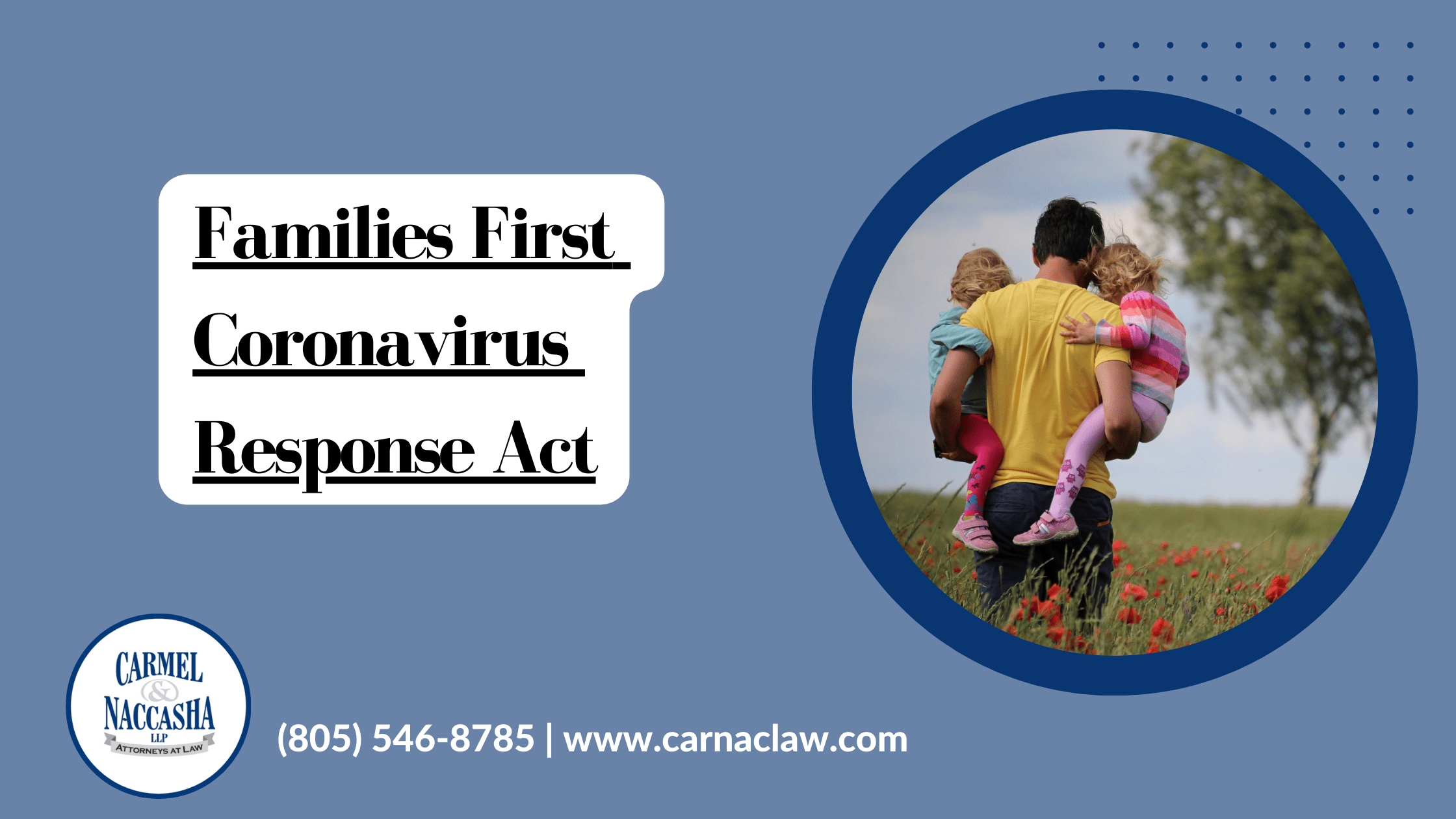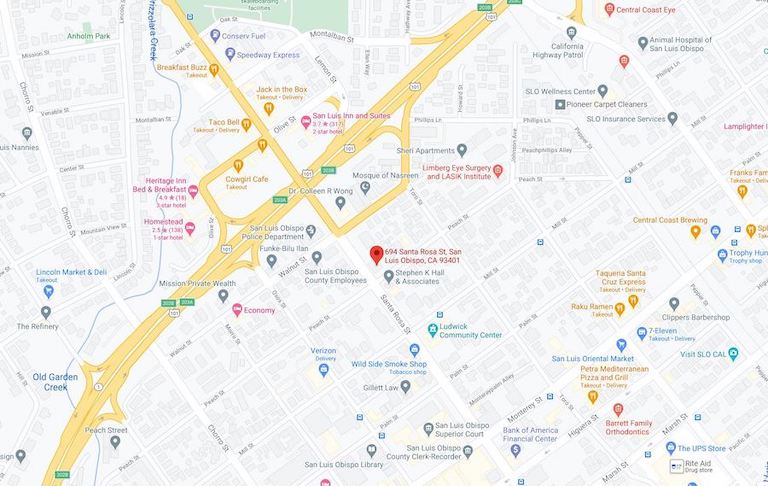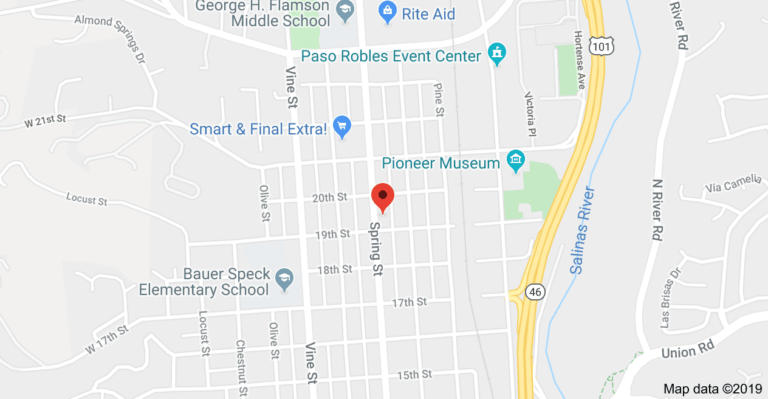Expanded Family Medical Leave and Emergency Paid Sick Leave
The Family First Coronavirus Response Act (“Act”) was signed into law on March 18, 2020 and will take effect on April 2, 2020. The Act attempts to provide emergency relief and support during the Coronavirus pandemic through a series of expansions to existing federal leave of absence laws and through emergency paid sick leave. This is a historic piece of legislation in that it was enacted in only a few days compared to months, but also because for the first time in US history, most private employers must provide US-based employees with paid sick leave and paid family care leave for COVID-19-related purposes.
Below is a summary of some of the key provisions of the employment-related aspects of the Act.
Emergency Family and Medical Leave Expansion Act
The Emergency Family and Medical Leave Expansion Act (“Expanded FMLA”) amends the federal Family and Medical Leave Act (“FMLA”). The amendment provides a new type of covered public health emergency leave for eligible employees and applies to employers with fewer than 500 employees.
From April 2, 2020 through the end of the calendar year (December 31, 2020), eligible employees will be entitled to 12 weeks of FMLA leave if the employee is unable to work (or telework, aka telecommuting) due to a need for leave to care for their minor child if the child’s school or place of care has been closed, or the child’s child care provider is unavailable, due to a public health emergency with respect to COVID-19 declared by a Federal, State, or local authority. To be covered under this provision, a covered employee must be employed at least 30 calendar days.
For employers already subject to FMLA, the expanded law adds public health emergency leave to the already existing categories of leave. This added category does not impact the total available amount of time for all FMLA leave and it remains at 12 weeks over a 12 month period. This means that employees eligible for public health emergency leave may not meet the eligibility criteria for other bases for FMLA leave.
Under Expanded FMLA, the first 10 days of public health emergency leave may be unpaid. However, employees may elect to substitute any accrued paid leave that is available to the during this time, this includes paid sick leave pursuant to the Emergency Paid Sick Leave Act, as discussed below. After the first 10 days of public health emergency leave, employers are required to provide paid leave at not less than two-thirds of an employee’s regular rate of pay for the remainder of the period of public health emergency leave, up to 12 weeks, as needed. For the purposes of Expanded FMLA, an employee’s regular rate of pay is defined under the Fair Labor Standards Act (“FLSA”). Furthermore, the two-thirds payment benefit is capped at $200 per day and $10,000 in the aggregate.
Expanded FMLA, like standard FMLA, is job-protected leave. Employees taking FMLA leave due to the public health emergency are entitled to return to their same or equivalent position upon their timely return from the leave. There is an exception for employers with fewer than 25 employees. This exception would exempt the employer from the job restoration requirements in connection with public health emergency FMLA leave so long as the following conditions are met:
- the employee takes public health emergency leave;
- the employee’s position when they began leave does not exist due to economic conditions or other changes in the employer’s operating conditions that (1) affect employment and (2) are caused by a public health emergency during the leave period; and
- the employer makes reasonable efforts to restore the employee to a position equivalent to one they held when leave began (i.e., equivalent benefits, pay, terms and conditions of employment).
Even if an employer is not required to reinstate an employee because the above conditions are met, an employer is still required to make reasonable efforts to contact the employee if an equivalent position becomes available. The requirement to contact the employee applies during the one year period beginning on the earlier of: (i) the date on which the qualifying need related to public health emergency concludes, or (ii) the date that is 12 weeks after the date on which the employee’s public health emergency FMLA leave commences.
Importantly, the Secretary of Labor is authorized to issue regulations excluding employers with 50 or fewer employees from Expanded FMLA for “good cause” when imposing the requirements of the new law would jeopardize the viability of the business as a going concern. Finally, employers of health care providers or emergency responders may elect to exclude such employees from Expanded FMLA.
Emergency Paid Sick Leave Act
The Emergency Paid Sick Leave Act (“ESL”), which will in most cases operate in tandem with Expanded FMLA, will require employers with fewer than 500 employees to provide up to two (2) weeks of paid sick leave to all employees for certain covered purposes related to the Coronavirus outbreak.
ESL will require covered employers to provide full-time employees with up to 80 hours of paid leave. Part-time employees will receive leave based on the number of hours of paid leave that would equal the hours that the employee works, on average, over a 2-week period. Employees will have access to this leave, regardless of how long they have been employed by the employer. Employers should also be aware that they cannot require an employee to use other paid leave that may be available to them before using the ESL provided by the employer to the employee before the employee uses the paid sick time under the Act.
ESL is available, to the extent the employee is unable to work or telework during the period in question, for the following reasons:
- if they are subject to a federal, state, or local quarantine or isolation order related to the Coronavirus;
- if they have been advised by a heath care provider to self-quarantine due to concerns related to the Coronavirus;
- if they are experiencing symptoms of the Coronavirus and are seeking a medical diagnosis;
- if they are caring for an individual who is subject to a federal, state, or local quarantine or isolation order related to the Coronavirus, or who has been advised by a heath care provider to self-quarantine due to concerns related to the Coronavirus;
- if the employee is caring for their son or daughter if the school or place of care of the son or daughter has been closed, or their child care provider is unavailable, due to Coronavirus precautions; and/or
- if they are experiencing any other substantially similar condition specified by the Secretary of Health and Human Services in consultation with the Secretary of the Treasury and the Secretary of Labor.
ESL also includes caps the amount of pay employees are entitled to receive during a covered leave period. Employees taking leave for reasons (1), (2), or (3), must be paid at no less than the employee’s regular rate of pay up to a maximum of $511 per day and $5,110 in the aggregate. Employees taking leave for reasons (4), (5), or (6) must be paid at no less than two-thirds of the employee’s regular rate of pay, up to a maximum of $200 per day and $2,000 in the aggregate.
To assist employers in calculating the amount of paid sick time, the Secretary of Labor is instructed to issue guidelines by no later than April 2, 2020.
Similar to Expanded FMLA, the Secretary of Labor is authorized to issue regulations excluding employers with 50 or fewer employees from ESL for “good cause” when imposing the requirements of the new law would jeopardize the viability of the business as a going concern. Finally, employers of health care providers or emergency responders may elect to exclude such employees from ESL.
Employers will be required to post a notice of the employee’s rights under ESL. A model notice is expected to be made available to employers for this purpose.
Tax Credits for Paid Sick and Paid Family and Medical Leave
Employers covered by the Act will be able to utilize payroll tax credits to cover the cost of wages paid to employees under both Expanded FMLA and ESL. These credits are allowed against the employer’s portion of Social Security taxes, and are subject to the same caps on daily dollar amounts and aggregate days as the required sick leave payments.
The ESL credit would be for wages up to $511/day or $200/day if the sick leave is to care for a family member or child following the child’s school closing. The Expanded FMLA credit would be for wages up to $200/day ($10,000/maximum) while the employee is receiving paid family leave.
Contact a Legal Professional
The information provided herein does not, and is not intended to, constitute legal advice; instead all information, content, and materials are for general informational purposes only. Neither this website nor this post are intended to create an attorney-client relationship.
If you have any questions, please contact Carmel & Naccasha, and for more details, read our full disclaimer.



